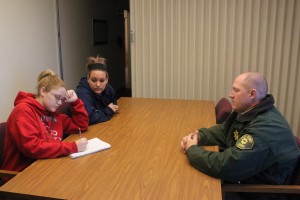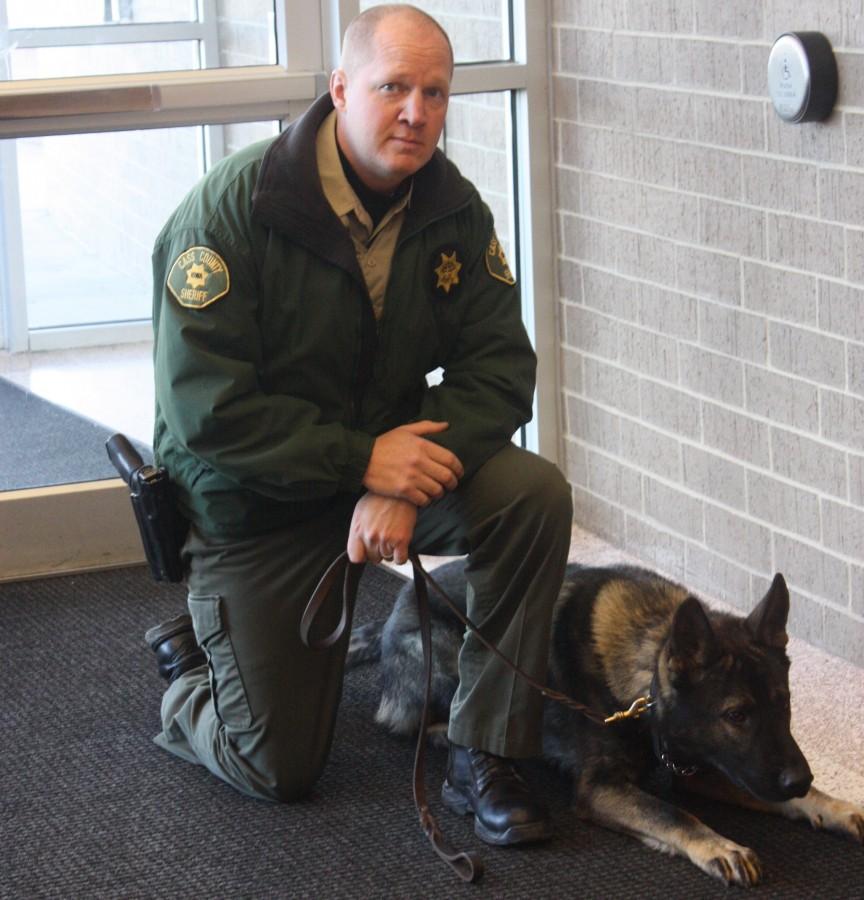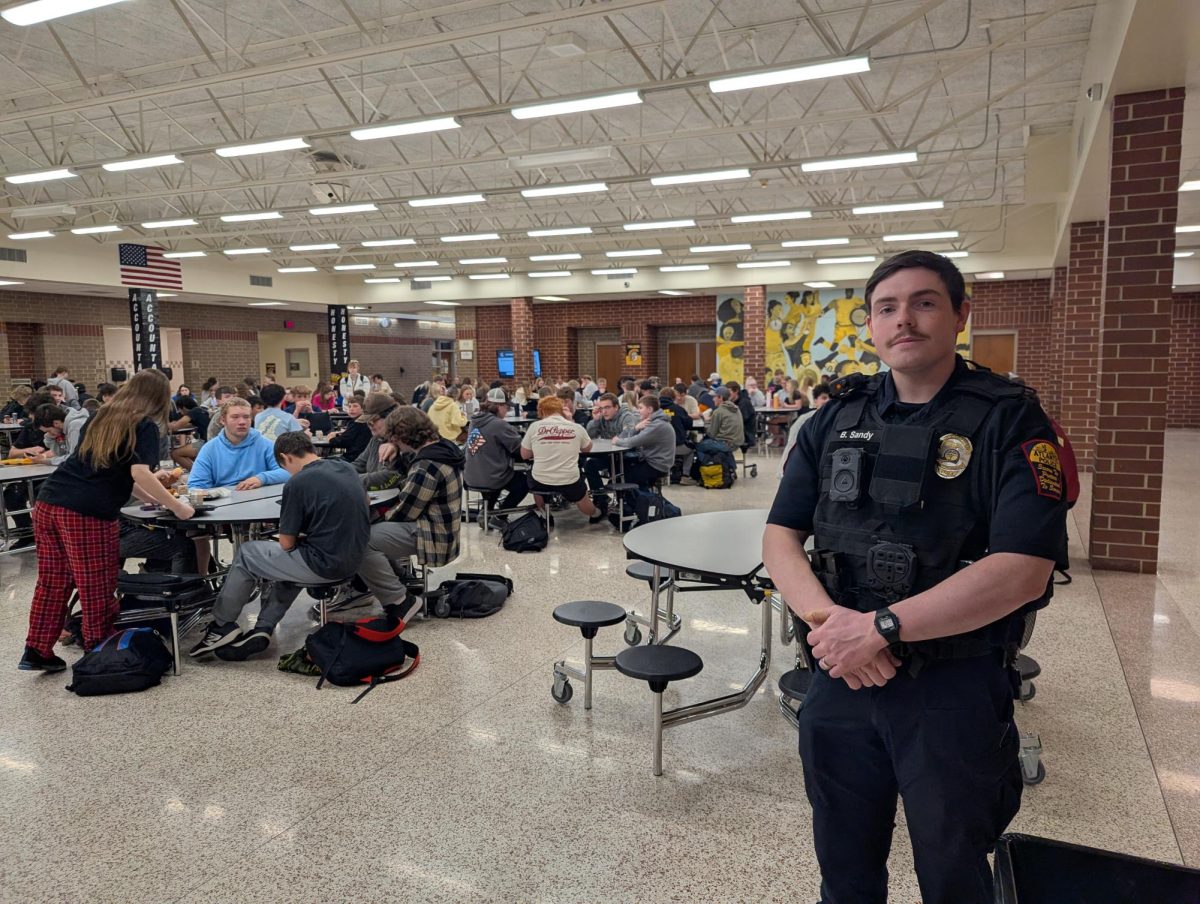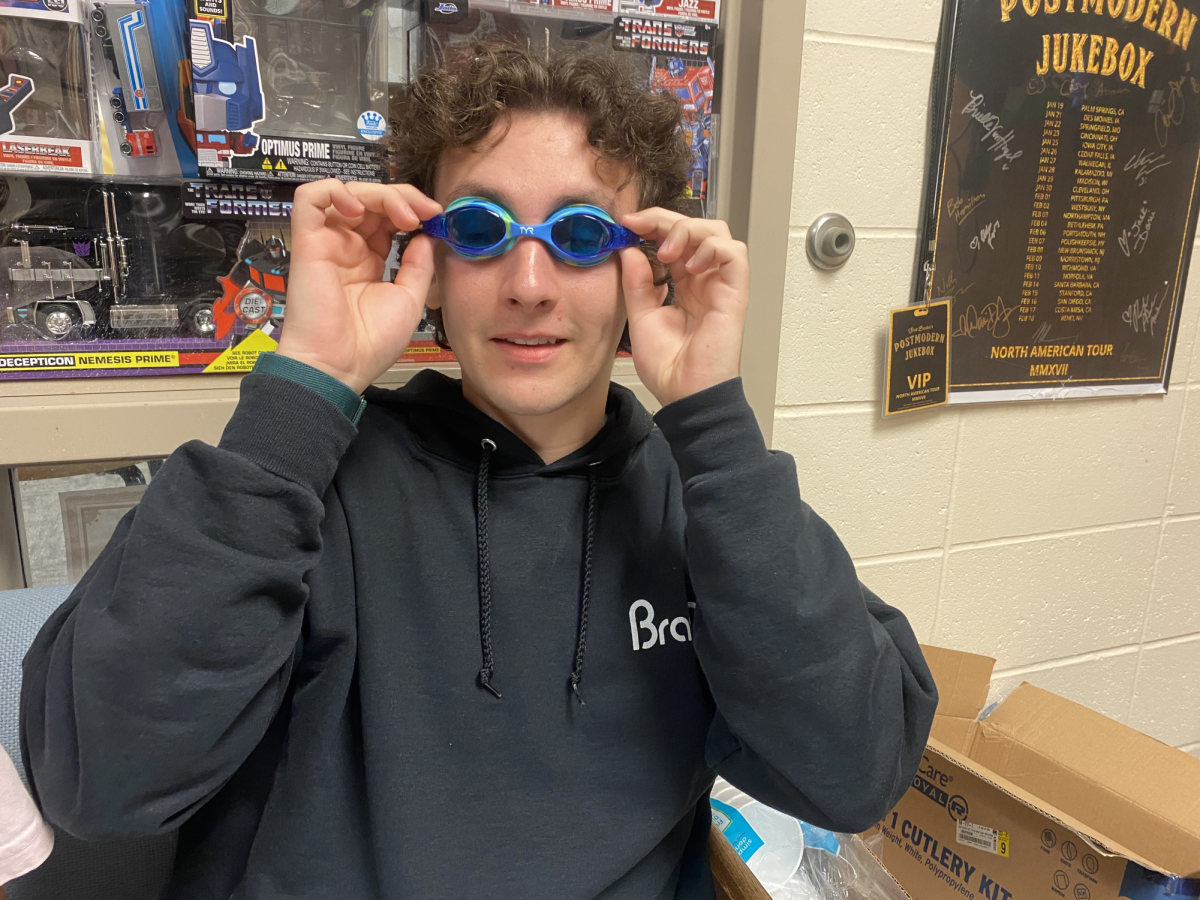By Sarah Park and Kaiya Williams
On Thursday, Nov. 15, AHS administration issued the first canine drug search of lockers and book bags of the 2012-13 school year. Clarifying the reasons behind the search and the methods used can help students understand AHS policy.
AHS is a drug free environment so in order to ensure that, drug searches have taken place. School Resource Officer (SRO) Corey Larsen explains that the main goal when conducting a search is “to be proactive and to try to stop drugs from being in the school.”
AHS nurse Kristi Simpson believes that there is a drug problem “due to behaviors that I have witnessed.” History teacher Trace Petersen agrees with Simpson, and he believes that the problem is growing because “more and more parents don’t care.” Petersen said, “I think that the punishments that are allowed today are weak” so students aren’t afraid and they don’t care if they get in trouble.
Vice Principal Josh Rasmussen has a differing opinion. He said he does not believe that there is a drug problem. Rasmussen says that the drug problem has stayed the same since he has started work at AHS. He thinks that there is a possibility of stuff going on outside of the school, and he says that there has always been a concern. “The drug dog is so people know that it is a safe place,” says Rasmussen.

Senior Stormy Christensen agrees with Rasmussen. She says that if there was a problem then there wouldn’t be as many students in sports. Christensen said there is no reason to conduct the searches. She said, “Some people can take offence to it and a lot of people think of it as an invasion of privacy.”

SRO Larsen explained that standard procedure when conducting a drug search is to “lock the school down, have students remain in their classrooms, and administration does the search if the dog indicates on a locker or bag.”
The canine team (drug dog) is just a tool that the school gets to use, Larsen explained. Larsen does not believe that there is a drug problem here and that he tries to do drug searches in every school that he visits. The most common drugs that are found in these searches are pills and marijuana. Larsen believes that the drug searches are probably effective because “people are aware of the potential of a drug search” and “helps to be deterrence.”
When searches are done, officers can search students’ vehicles and bags with consent. Lockers are school property so the school can search them without consent.
Larsen believes that it is a good thing to see the dogs in buildings for the community and law enforcement. Drug dogs, Mufasa and Cane, spend twenty four hours a day, seven days a week with their officers.
Simpson believes that the drug searches are a good tool but they are probably not going to fix the problem.
AHS STUDENT HANDBOOK:
The 2012-13 student handbook states: “A student who is observed by school personnel to have the odor of alcohol, beer, or drugs on breath, or whose behavior is not normal, or who exchanges alcoholic liquor, beer, drugs or is found to have alcoholic liquor, beer or drugs in their possession is punishable as follows:
1st Offense- Student will be given a five-day out-of-school suspension. Parent will be notified. Student will remain in suspension until a conference is held with the student, parent, and the principal. The proper legal authorities will be notified if any student or students are in possession of drug paraphernalia or any type of controlled substance. Students may be referred directly to the Board of Education.
2nd Offense- Student will be referred to the Board of Education for disciplinary action. Student may be referred to a special services committee.







